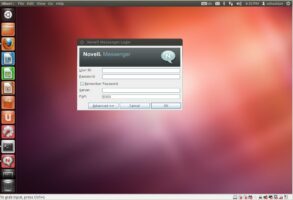This article describes how you can add a swap file on Debian or Ubuntu. You can use this to add additional swap space or to add swap to a server without any swap space. (You can use this as temporary swap space, too)
1. Create the swap file:
Use „dd“ to create the swap file. The following command creates a 1024MB swap file (1024 * 1024MB = 1048576).
dd if=/dev/zero of=/swapfile bs=1024 count=1048576
root@server:~# dd if=/dev/zero of=/swapfile bs=1024 count=1048576 1048576+0 records in 1048576+0 records out 1073741824 bytes (1.1 GB) copied, 16.8866 s, 63.6 MB/s
2. Set up a Linux swap area:
mkswap /swapfile
root@server:~# mkswap /swapfile Setting up swapspace version 1, size = 1048572 KiB no label, UUID=9748279e-3efa-4e33-a305-3c14527cfb30
3. Activate swap space:
swapon /swapfile
4. Add swap file to fstab (optional)
To activate the swap file on system start, add entry the following line to „/etc/fstab„.
/swapfile swap swap defaults 0 0
5. Check swap
Execute „free -m“ or use „top“ to check the swap space of your system:
root@server:~# free -m
total used free shared buffers cached
Mem: 3529 3427 102 0 21 3198
-/+ buffers/cache: 208 3321
Swap: 1535 0 1535
Here you see the server with the 1024MB Swap file and a prior existing 512MB swap partition.

Eistiger
6 Juni 2011Sehr schön gemacht 🙂 hilft mir immer wieder. Vielen dank! 😛
Jürgen
23 Mai 2013Hi,
statt „Swapdatei (1024 * 1024MB = 1048576).“
muss es
Swapdatei (1024 * 1024kb = 1048576 kb).
heißen was dann 1024 MB oder 1 GB sind.
Gruß